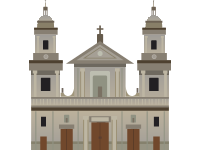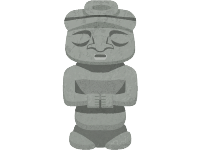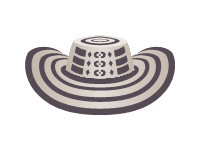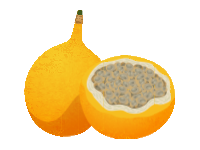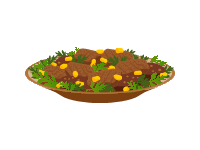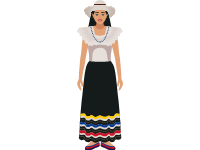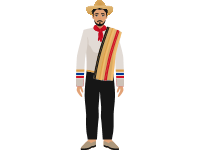The Cathedral Metropolitan Basilica of Bogotá & Primate of Colombia, officially the Cathedral Basilica Metropolitan & Primate of the Immaculate Conception & Saint Peter of Bogotá , is a Roman Catholic cathedral located at the eastern side of Bolívar Square in Bogotá, D.C., Colombia. It is seat of the Archbishop of Bogotá, Cardinal Mon. Ruben Salazar Gomez.
The Cathedral was built four-times in the same place. The first construction took place between 1556-1565 to replace the original thatched chapel, but due to poor foundation it later collapsed. The second construction took place around in 1572, yet the earthquake of 1785 reduced it to ruins. The fourth and final construction occurred between 1807 and 1823. It is said to be built by descendants of Jesuit missionaries. When the Spanish conquerors officially founded the city of Bogotá (changing the original Indian name of the city: Bacata), they established in 12 huts and a hay-church, that -after being totally built- would take the name of Archbishopric Cathedral of Bogotá. The cathedral holds the remains of Gonzalo Jiménez de Quesada, founder of Bogotá. The cathedral, its area 5,300 square meters, is the biggest in Colombia and one of the biggest ones in South America.
